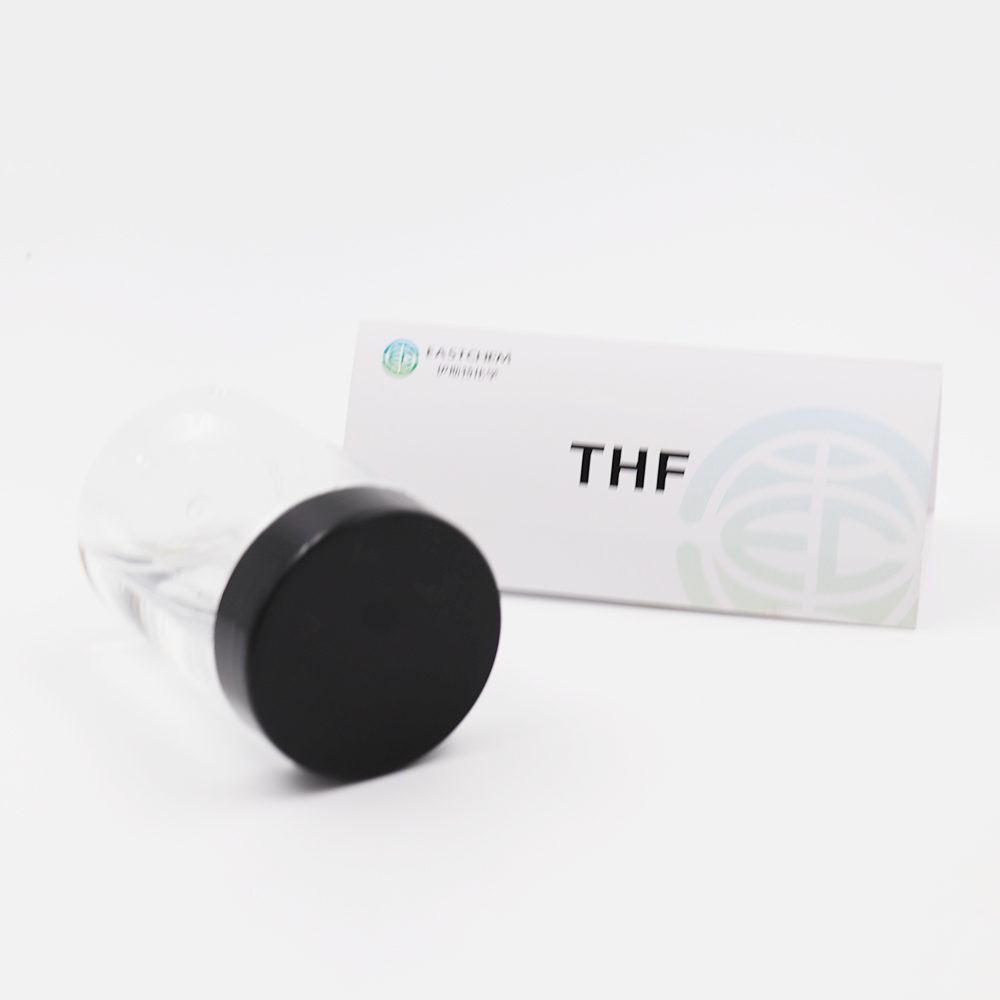Determination of peroxide in tetrahydrofuran
Tetrahydrofuran and ether are easy to produce peroxide when stored for a long time. Be careful when using. Be sure to detect the peroxide content in the solution first. If more than 0.05% peroxide is present, the peroxide must be removed before distillation. If the peroxide content is 1% or higher, it must be treated by incineration.
Peroxide test:
1、 Qualitative detection
Method 1 Prepare 10% ki (potassium iodide) aqueous solution, add a small amount of starch, add 10 ml of tetrahydrofuran, shake, and place it for about 3 ~ 5 minutes. If it turns yellow, it indicates that there is peroxide. The darker the color, the more peroxide. Otherwise, it can be used safely without peroxide.
Method 2 Determine whether the starch potassium iodide test paper changes color.
Method 3 Add 5ml tetrahydrofuran and 1ml 10% potassium iodide solution and shake for 1min. If there is peroxide, release free iodine. The water layer is yellow brown or add 4 drops of 0.5% starch solution, and the water layer is blue.
Method 4 Put 2 ~ 3 drops of concentrated sulfuric acid, 1mL2% potassium iodide solution (if the potassium iodide solution has been oxidized by air, dilute sodium sulfite solution can be used to drop to yellow and disappear) and 1 ~ 2 drops of starch solution into the clean and test tube. Mix evenly and add tetrahydrofuran. The presence of blue or purple indicates the presence of peroxide.

Add 6 ml of acetic acid + 4 ml of chloroform + 1 g of potassium iodide to 50 ml of tetrahydrofuran, place in the dark for 5 minutes, and use 0.5 ml of potassium iodide Titrate 1 N sodium thiosulfate solution to colorless, and the percentage of peroxide is nxvx0 7 / g, where N and V are the equivalent concentration and volume of sodium thiosulfate respectively (ML), and G is the weight of tetrahydrofuran (g).